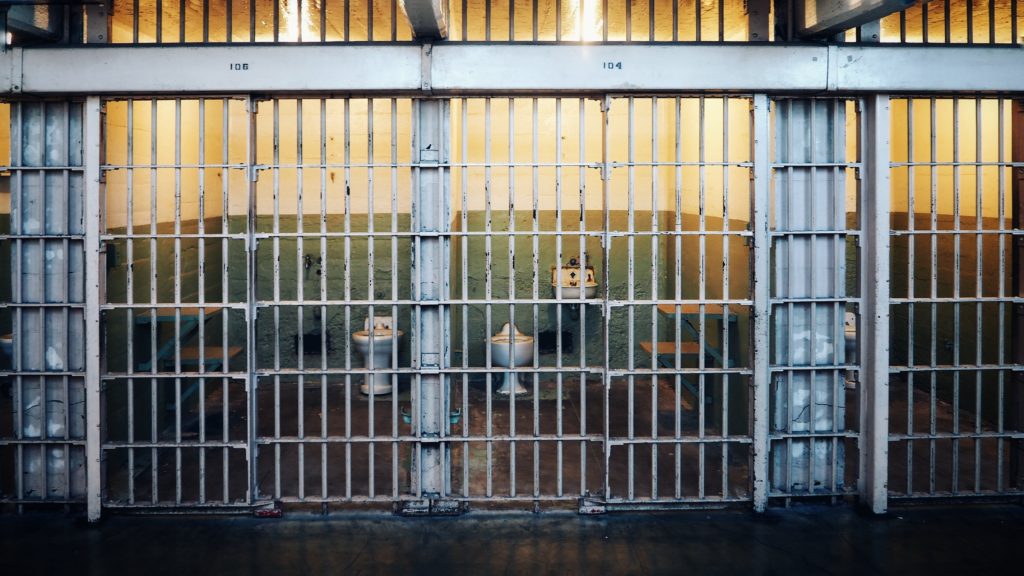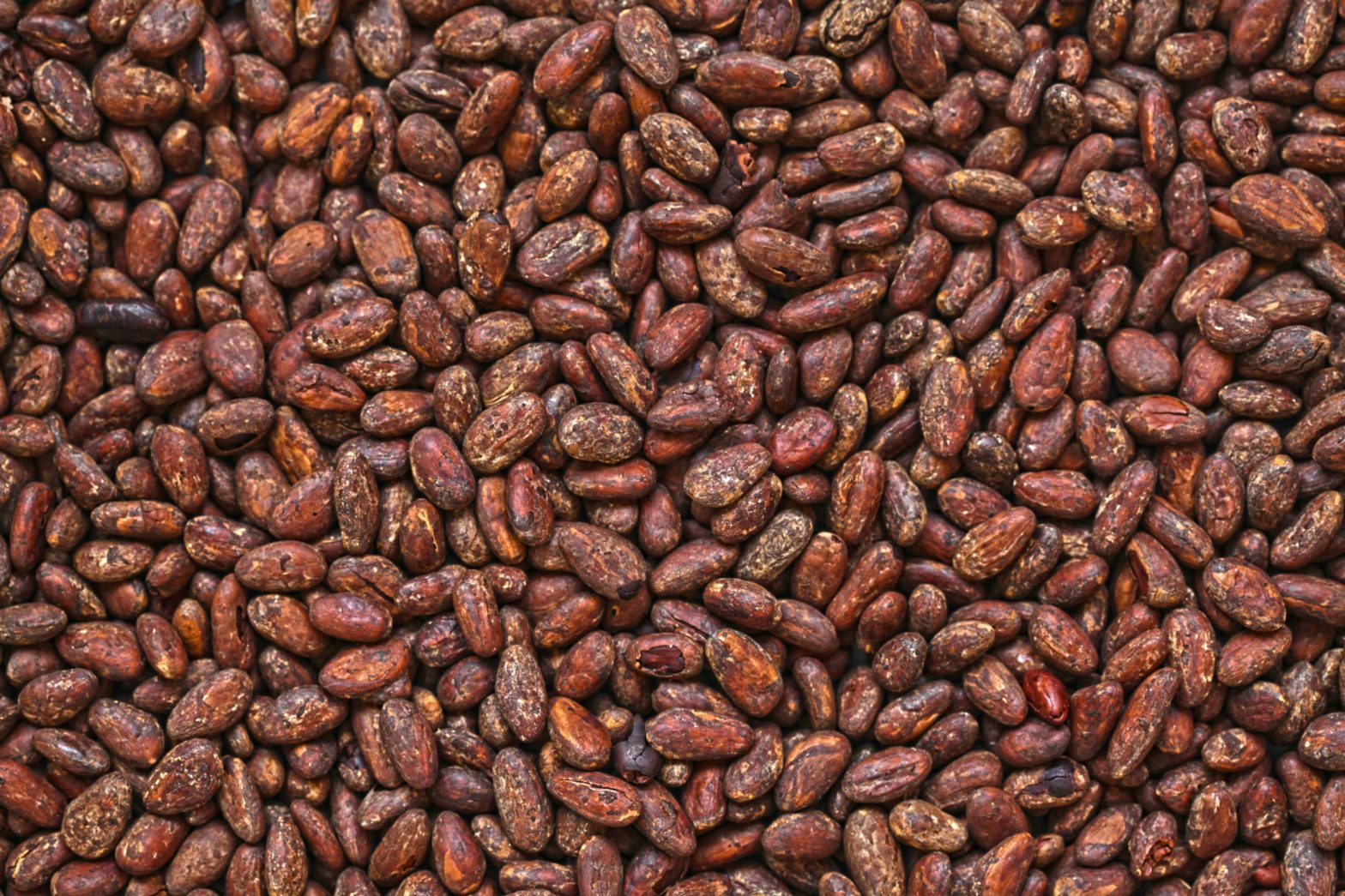We have officially hit the second half of the book with this section! This week we are going to focus on events and culture around the section of Abena, daughter of James Richard Collins and Akosua Mensah as well as the section on H, the son of Kojo Freeman and Anna Foster.
Two of the things that stuck out to me in these sections was the vital part of farming in Akan cultures and the affect the 13th amendment’s exception clause had in continuing a new form of slavery.
Farming in Akan Cultures
Abena’s section of Homegoing gives us a view of agriculture in the late 1800s in West Africa. While we have seen that Akan people have various jobs, agriculture was vital to their culture. In smaller villages like Abena’s, most people would grow at least some crops for subsistence farming, while others may produce a lot to sell at markets or use in a trade. Two important crops mentioned in this section are yams and cocoa.
Yams

Throughout this story, we can see that yams were very important to the livelihood of many people of this time. Besides being a staple in their diets, yams also held cultural and ceremonial significance. If you have read Things Fall Apart by Chinua Achebe, you might have noticed the similarities between the two regarding the connections between yams and good/ bad luck or being a respected person.
Now, if you are like me, this whole time, you might have been imagining a sweet potato whenever the word yam came up. While “yam” and “sweet potato” can sometimes be used interchangeably in the United States, they are very different foods and are unrelated in food groups. Yams are a tuber with rough skin and white flesh. They are best suited to tropical or subtropical environments and can be grown easily in many parts of Africa.
In America, however, they didn’t have as much luck. When slavers brought them along on ships to America, farmers found it much harder to grow them, and the practice died out. Because yams were such a big part of West African diets, many enslaved Africans turned instead to sweet potatoes as they could substitute them without losing too much of the original recipes.
Yams are still so crucial to the West African culture and diet that there are festivals dedicated to them in parts of Nigeria and Ghana. Even the word yam can be traced back to the phrase “to eat” in many West African dialects. Certain types of yams are drought-resistant, and people can store them for a long time, making them an essential food group to fall back on in bad farming years.
Cocoa
In this section, we also see the introduction of cocoa plants to West Africa. While cocoa is a large part of West Africa today, they are not native to that part of the world. Cocoa plants are native to tropical rainforests in Central and South America. European colonists brought cocoa to West Africa, hoping to get more money from their African colonies. After some research and experimentation by botanists in colonial Africa, cocoa showed great potential in the climate.
Cocoa had already become very popular in the Americas, and it was a steady business for the Europeans to depend on the colonies to grow cash crops like this. Colonial governments and later independent African governments realized the potential of the market and encouraged cocoa cultivation as a means of economic development. They provided incentives to farmers to promote cocoa production.
While cocoa farming started as a means for the European colonists to get more money out of African colonies, it ended up boosting the economy throughout West Africa and remains one of the most important exports in countries like Ghana and Côte d’Ivoire. Today, these two countries dominate the cocoa industry and produce more than half of the world’s cocoa.
If you are interested to see more about how cocoa is grown, check out this video from Science Channel on how they are made!
The Continuation of Slavery Through Prison
Moving on to H’s story in America, we see one of the next significant struggles coming out of the Civil War. While the 13th Amendment abolished slavery, it also protected it in some ways. A clause in the amendment states, “Neither slavery nor involuntary servitude, except as a punishment for crime whereof the party shall have been duly convicted, shall exist within the United States, or any place subject to their jurisdiction.” This clause, commonly referred to as the “exception clause,” permits slavery and involuntary servitude as a form of punishment for individuals convicted of a crime. While the slavery that Americans were used to had been outlawed, this loophole was exploited to allow a new form of slavery to continue.
After the abolishment of slavery, a new set of laws called the black codes were implemented to control the newly freed black people. These laws included things like punishment for a black person being too close to a white person in public, walking “without purpose,” walking next to railroad tracks, or assembling after dark. These new laws and many others were used as an excuse to arrest innocent black people and throw them in jail. From there, two routes were usually taken.
Because the abolition of slavery meant working shortages in the South, a significant gap now needed to be filled. Plantation owners and other company owners were given the option to “lease” convicts to work in these positions. They no longer “owned” these workers, which often made things worse as they also had no incentive to keep the workers alive. Conditions for these workers were horrific, and many died before they could complete their sentences.

Another way convicted people were put to work was in chain gangs. While not necessarily leased out for long periods to a specific person, the convicted would have to work long hours while being chained to other workers in chains weighing up to 20 pounds. The work was often physically demanding and dangerous, and being chained to others hardly helped. This practice was widespread in the United States until the 1950s.
Even today, we are seeing the fallout of some of these practices. Debates are going on right now about the use of prison labor and the privatization of prisons. Advocacy groups and activists have argued that these practices disproportionately affect marginalized communities and perpetuate a cycle of inequality. Efforts to reform the criminal justice system, address racial disparities, and advocate for the rights of incarcerated individuals are still going on right now and show how much effect history has had on the present.
I hope learning more about these topics helps you take on a deeper understanding of Homegoing! If you have any questions or comments on our next section, Akua and Willie, let us know!



